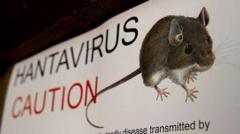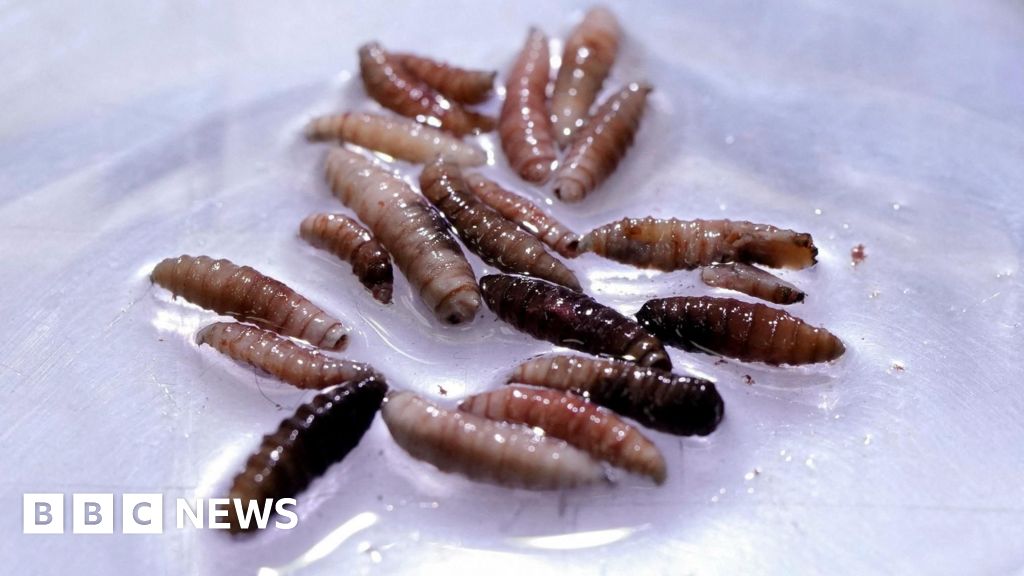Hantavirus is primarily contracted through inhalation of particles from rodent droppings, with Hantavirus Pulmonary Syndrome being the most severe manifestation.
As the health community reflects on Ms. Arakawa's untimely demise, the public is urged to take precautions against rodent exposure.
Hantavirus is a viral strain carried by rodents, which can cause severe respiratory illnesses. The Centers for Disease Control and Prevention (CDC) indicates that the virus usually spreads when humans inhale aerosolized particles from the urine, droppings, or saliva of infected rodents, primarily deer mice in North America. Betsy Arakawa's death has underscored the dangers of hantavirus, particularly as it can result in Hantavirus Pulmonary Syndrome (HPS), a serious condition that leads to respiratory failure.
The initial signs of infection resemble flu-like symptoms, including fatigue, fever, and muscle aches, which can worsen to headaches, chills, and abdominal issues. The CDC reports that if respiratory symptoms manifest, the mortality rate can reach approximately 38%.
The CDC has tracked 864 hantavirus cases in the US from 1993 to 2022, primarily in rural western areas like California and New Mexico. The institute began monitoring the virus following a severe outbreak in the early 90s. Globally, there are about 150,000 cases of Haemorrhagic Fever with Renal Syndrome each year, with the most significant number occurring in China.
Currently, there is no specific treatment for hantavirus; supportive care remains the primary form of management. Patients suffering severe symptoms may require hospitalization and potentially intensive care. Preventive measures include reducing rodent exposure by sealing entry points in buildings and using protective gear when cleaning rodent material.
As the health community continues to study the impact of hantavirus, Arakawa's death serves as a stark reminder of the need for awareness and prevention strategies regarding this hazardous disease.
As the health community reflects on Ms. Arakawa's untimely demise, the public is urged to take precautions against rodent exposure.
Hantavirus is a viral strain carried by rodents, which can cause severe respiratory illnesses. The Centers for Disease Control and Prevention (CDC) indicates that the virus usually spreads when humans inhale aerosolized particles from the urine, droppings, or saliva of infected rodents, primarily deer mice in North America. Betsy Arakawa's death has underscored the dangers of hantavirus, particularly as it can result in Hantavirus Pulmonary Syndrome (HPS), a serious condition that leads to respiratory failure.
The initial signs of infection resemble flu-like symptoms, including fatigue, fever, and muscle aches, which can worsen to headaches, chills, and abdominal issues. The CDC reports that if respiratory symptoms manifest, the mortality rate can reach approximately 38%.
The CDC has tracked 864 hantavirus cases in the US from 1993 to 2022, primarily in rural western areas like California and New Mexico. The institute began monitoring the virus following a severe outbreak in the early 90s. Globally, there are about 150,000 cases of Haemorrhagic Fever with Renal Syndrome each year, with the most significant number occurring in China.
Currently, there is no specific treatment for hantavirus; supportive care remains the primary form of management. Patients suffering severe symptoms may require hospitalization and potentially intensive care. Preventive measures include reducing rodent exposure by sealing entry points in buildings and using protective gear when cleaning rodent material.
As the health community continues to study the impact of hantavirus, Arakawa's death serves as a stark reminder of the need for awareness and prevention strategies regarding this hazardous disease.



















